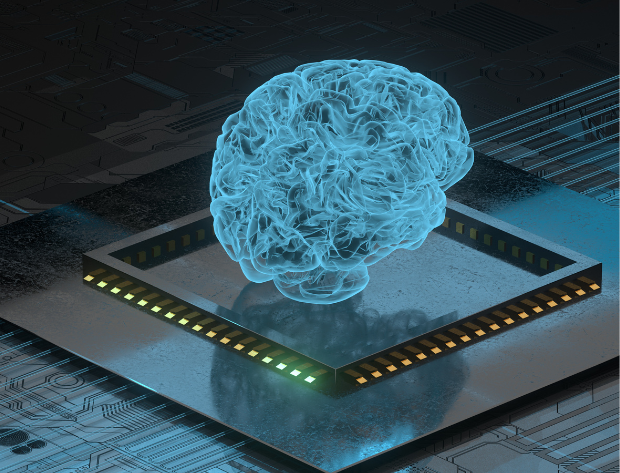
Design Thinking: Creative Solutions for Innovative Challenges
Design thinking adopts a human-centered approach to finding innovative and creative solutions to complex problems. By deeply focusing on user needs, this approach involves empathy, diversification of ideas, and rapid prototyping. Companies leverage this strategy to create products and services that exceed customer expectations, offering flexibility and innovation in continuously evolving market conditions. Through design thinking, businesses can improve user experience, stand out in the market, and achieve sustainable growth.
Starting with Empathy: Understanding User Needs
The first step in design thinking is to thoroughly understand the target audience's real needs and problems. Designers and project teams engage directly with users to listen to their experiences, feelings, and thoughts. The empathy process aims to develop a fundamental understanding of how the product or service can offer value and respond to genuine user needs. Real user data, gathered through surveys, observations, user interviews, and diaries, guides the solution development process and ensures design decisions are aligned with user realities.
User Observation and In-depth Research
User observation plays a crucial role in the empathy process. Designers observe users' daily interactions with the product or service, gaining deep insights into usage scenarios and pain points. These observations help focus the design, addressing users' challenges and needs directly. Moreover, in-depth user interviews and focus groups provide comprehensive insights into their expectations, motivations, and usage behaviors.
Reframing the Problem: In-depth Analysis
With user data, the team reframes and recontextualizes the problem. This process uncovers the issue's root causes and determines the most appropriate solution pathway. Accurately reframing the problem is crucial for the solution's effectiveness and is a critical step towards generating creative solutions. At this stage, team members consider different perspectives, gain a broader viewpoint, and develop a common understanding to get to the heart of the issue. This collective understanding fosters creativity and innovation in the later stages of the design process.
Developing Problem-Solving Strategies
The problem-reframing stage sets the groundwork for developing problem-solving strategies. Based on the insights gathered, the team explores various dimensions of the problem and develops multiple solution proposals. This process reflects the flexible and adaptable nature of design thinking; multiple solution paths are considered, and the most suitable ones are selected for further detailing. The diversity and multidisciplinary approach within the team facilitate the emergence of creative solutions, leading to innovative and effective solutions that best meet user needs.
This comprehensive understanding forms the foundation of the design thinking process and ensures a focus on user needs at every project stage. Consequently, the stages of empathy and problem reframing are fundamental to the success of the design process, paving the way for enriching the user experience with creative solutions.
Ideation: Encouraging Diversity and Creativity
The next phase in the design thinking process is creative imagination. This stage creates an environment where no idea is criticized and all suggestions are considered. Techniques like brainstorming sessions, idea mapping, and storytelling generate many ideas for solving the problem. This process encourages innovative and outward thinking.
Prototyping: Materializing Ideas
Among the generated ideas, the most suitable ones are selected to create rapid, low-cost prototypes. These prototypes are used to test the solution's impact on user experience. Prototyping is one of the most critical stages of the design process because it allows one to experience theoretical ideas in real-world conditions.
Testing and Iteration: Continuous Improvement
Prototypes are tested with real users, and feedback is collected. This feedback is critical for refining and improving the solution. The testing process focuses on user experience, enabling continuous improvements to the product or service's final version. Each iteration makes the solution more aligned with user needs. This constant improvement cycle continues even after product launches, as user needs and technology constantly evolve. This ability to adapt and evolve makes the design thinking approach particularly valuable.
The Power of Real User Feedback
The feedback collection process enriches solutions with insights from users. The strengths and weaknesses of the product or service are identified through one-on-one interviews, surveys, and usability tests. This real-time data allows designers and developers to better understand and address users' issues. Accurate analysis and implementation of user feedback play a critical role in the product's success.
Creating Value with Creative Solutions
Design thinking aims to create value through creative solutions. This process adopts a user-centered approach, with each stage focused on improving user experience. Design thinking allows businesses to develop innovative products and services, make a difference in the market, and achieve sustainable growth. The solution's impact on users is continually assessed, serving as a lever for continuous improvement.
The Power of User-Centric Innovation
User-centric innovation is one of the cornerstones of the design thinking process. In this approach, user experience and needs are at the solution's core. Innovation involves developing new products and technologies and enhancing and simplifying users' lives. User-centric innovation helps businesses increase customer loyalty and achieve long-term success in the market.
Design thinking is a significant strategy in the modern business world, playing a key role in finding creative solutions to innovative challenges. This approach involves understanding user needs, empathizing, and rapid prototyping. Each step centers on user experience and ensures continuous improvement of solutions. As a result, design thinking helps businesses gain a competitive advantage and stand out in the market by exceeding customer expectations.
In opening up to innovations, obtaining partnerships and support that will always take you forward is very important. Supporting creativity with innovative solutions, Doğuş Technology is at your side in many areas, from customer satisfaction to cyber security.












